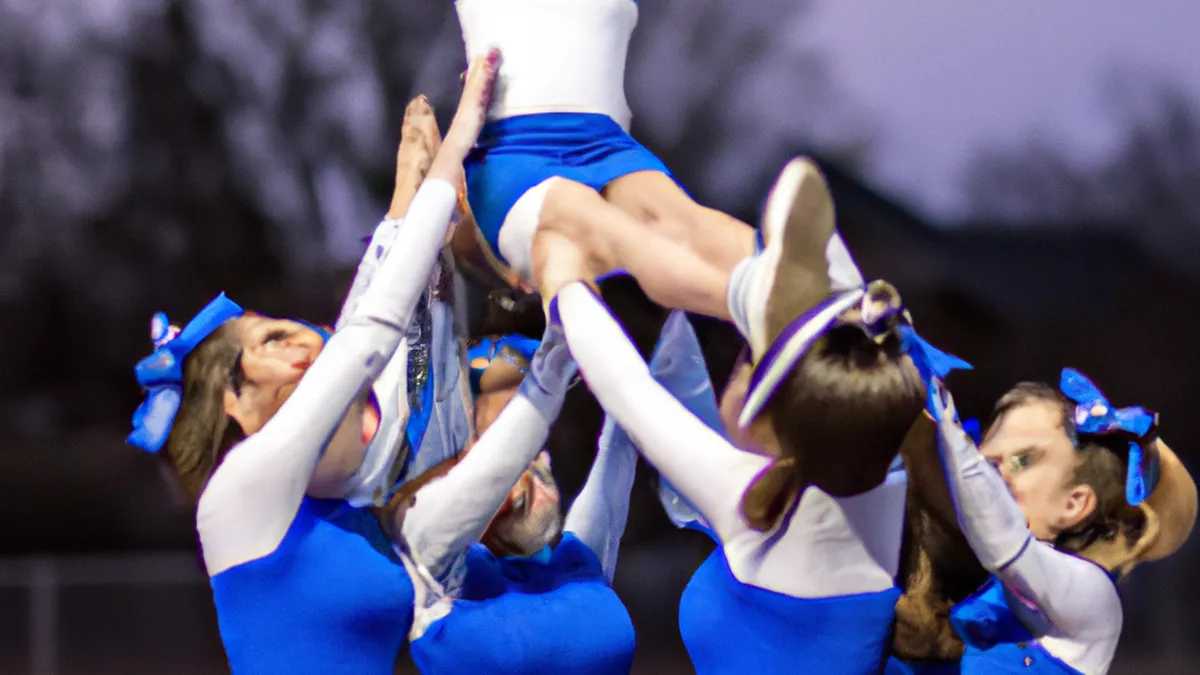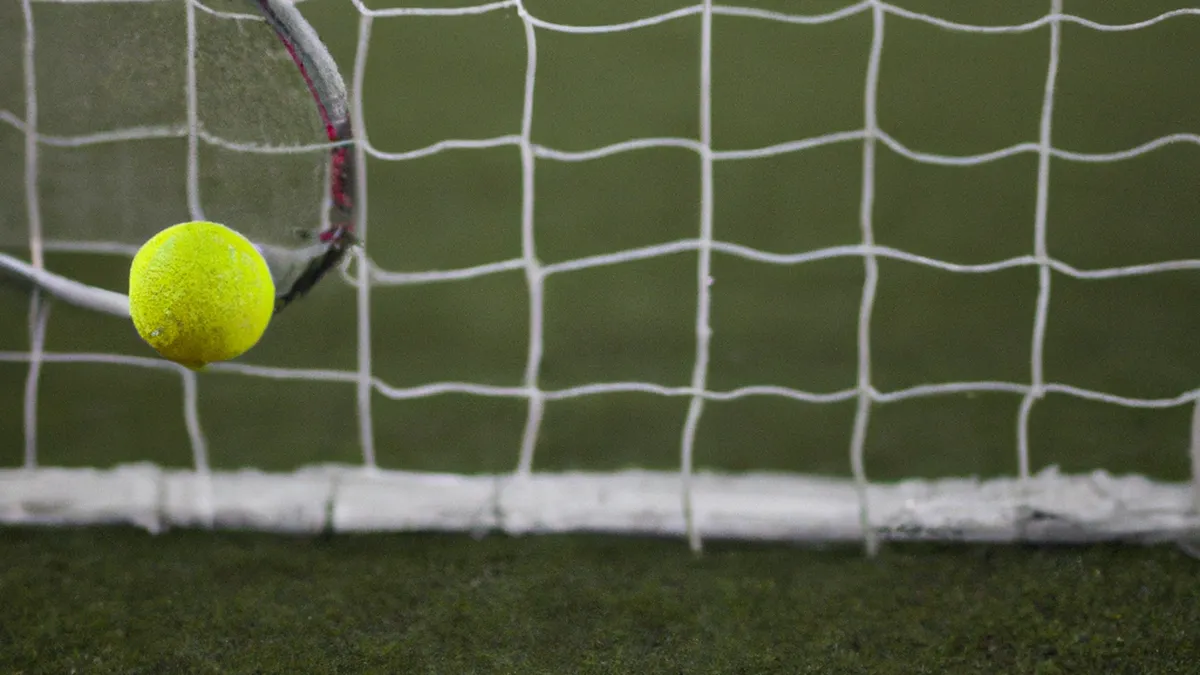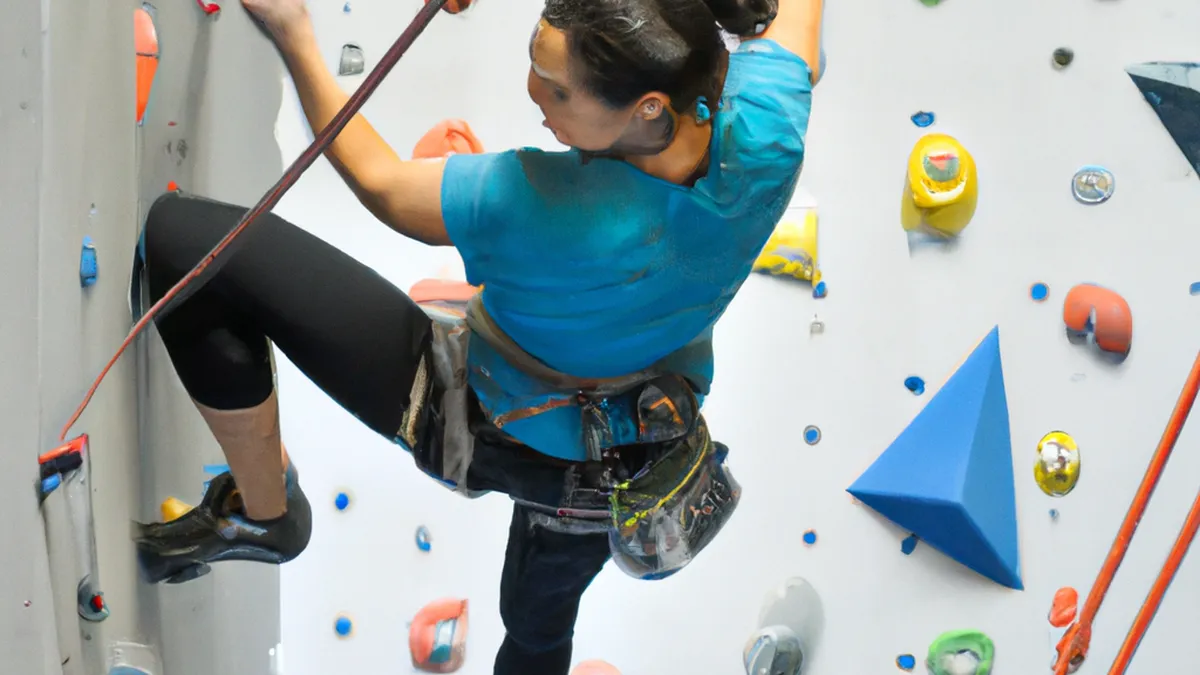Must-Know Tips for Cheer Safety (Cheerleading)
Common Cheerleading InjuriesCheerleading combines athleticism, choreography, and teamwork. It demands strength, flexibility, and coordination. However, high-energy stunts can lead to injuries without proper precautions. Understanding these injuries helps ensure safety for cheerleaders at all levels.
Common Types of Injuries
Cheerleaders often experience various injuries ranging from minor to severe. The most common injuries include:
Sprains and Strains
Sprains and strains frequently occur in cheerleading. A sprain stretches or tears ligaments, while a strain affects muscles or tendons. High-impact stunts and awkward landings commonly cause these injuries. Ankle sprains happen often during jumps and landings. Cheerleaders should perform proper warm-up exercises, including dynamic stretching, to prepare muscles and joints.
Fractures
Fractures are serious injuries from falls or failed stunts. Cheerleaders often sustain wrist fractures when they try to catch themselves during falls. Fractures can also occur in the arms, legs, and collarbone. These injuries require immediate medical attention and lead to long recovery times. To prevent fractures, teams should practice stunts in controlled environments with mats or padding.
Concussions
Concussions pose significant risks during tumbling passes or high falls. A concussion jolts the brain inside the skull, often from a blow to the head. Symptoms include headaches, confusion, dizziness, and memory issues. Cheerleaders must understand concussion signs, and coaches should enforce strict return-to-practice protocols. Remove any cheerleader suspected of a concussion immediately for evaluation.
Tendonitis
Tendonitis often affects cheerleaders due to overuse, particularly in the knees or shoulders. Repetitive movements like jumps or stunts cause inflammation and pain in the tendons. Cheerleaders should not ignore tendonitis symptoms; early intervention can prevent severe injuries. Incorporating rest, cross-training, and strength training into practice schedules helps mitigate tendonitis risks.
Other Common Injuries
Cheerleaders may also experience bruises, cuts, and abrasions from falls or contact with others. While often less severe, these injuries can impact performance and morale. Coaches should ensure proper safety measures are in place.
Conclusion
As an Amazon Associate I earn from qualifying purchases.
Gear tip: consider mobility sliders, foam yoga wedge, and compression sleeves to support this topic.
Understanding common cheerleading injuries and prevention strategies enhances safety and performance for all cheerleaders.
Below are related products based on this post:
FAQ
What are the most common types of injuries in cheerleading?
The most common injuries in cheerleading include sprains, strains, fractures, concussions, and tendonitis. Sprains and strains often occur due to high-impact stunts and awkward landings, while fractures typically result from falls. Concussions are a serious risk during tumbling passes, and tendonitis is common due to overuse.
How can cheerleaders prevent injuries?
Cheerleaders can prevent injuries by performing proper warm-up exercises and dynamic stretching before practices and stunts. Additionally, practicing in controlled environments with mats or padding can help mitigate the risk of fractures and other injuries. Coaches should also enforce strict safety measures and encourage early intervention for any symptoms of injury.
What should be done if a cheerleader shows signs of a concussion?
If a cheerleader shows signs of a concussion, they should be removed from practice immediately for evaluation. Symptoms can include headaches, confusion, dizziness, and memory issues. It is essential for coaches to enforce strict return-to-practice protocols to ensure the safety of the athlete.















Post Comment